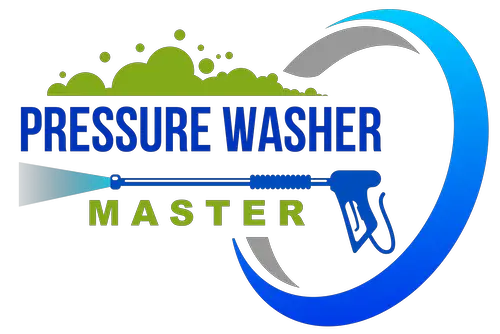The worst experience is getting out your pressure washer to finish a task, only realizing the pressure washer pulsing problem. It may have severe pressure bursts followed by lengthy periods of no pressure. It will take longer, and you will need a lot more water.
You need a steady flow of pressure that can drive dirt and grime away if you want a pleasant and efficient pressure washing. A pressure washer pulsing that stops and starts abruptly will only frustrate you.
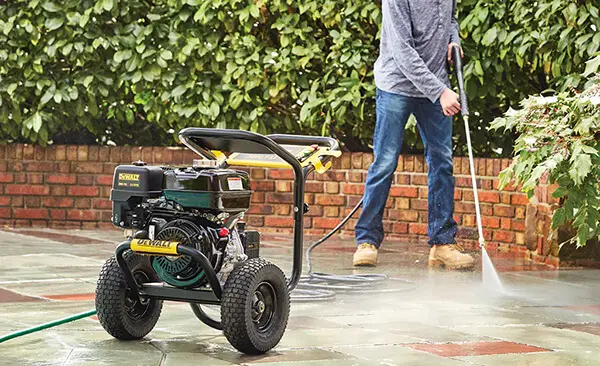
You may wonder, “Why is my pressure washer pulsating?”. In most cases, this implies that the water supply cannot meet the pump’s needed flow rate.
Try solving the problem yourself before hiring a maintenance specialist. By reading this article thoroughly, you might be able to save money and time by doing so.
Why Is My Pressure Washer Pulsating?
Because an issue with pressure washer pulsating requires immediate attention, individuals will want to take the time to figure out what is causing the problem. They’ll have to be patient while they investigate the various ways in which this problem might manifest.
There are a variety of reasons for pressure washer pulsing. Therefore, here are some ways for individuals to check for themselves:
Spraying Nozzles
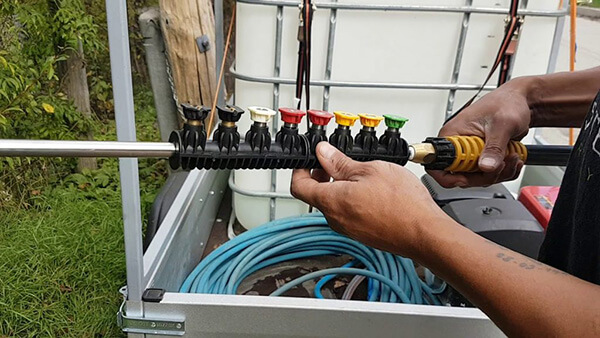
It is critical to inspect the spray nozzle. It may be just clogged, which is creating the problem. You’ll need to get a nozzle cleaning kit and follow the instructions that come with it. Make sure it’s thoroughly cleaned before putting it back together.
If your nozzle is worn out, replace it to restore your pressure washer’s maximum pressure.
The Unloader
The unloader might be the source of the issue. When the spray nozzle is obstructed, the unloader is in charge of releasing the water pressure. It is a little above the water inlet and can be limited in specific ways.
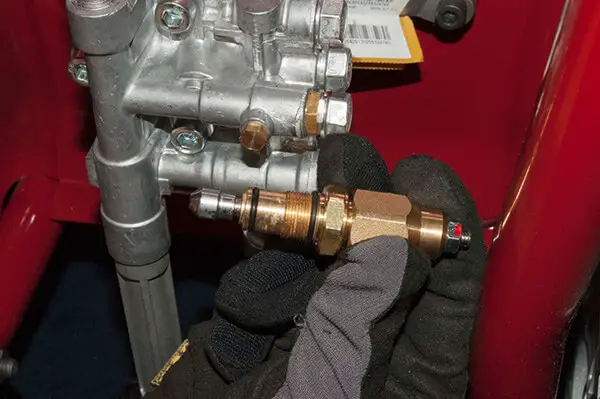
When adjusting the unloader valve, connect the pressure gauge to prevent the pressure from rising too high. Ensure that you turn on the machine and pull the trigger to allow water to flow through it during the adjustment.
Furthermore, there may be a pulsing problem in the hose. Remove the air in the hose to check whether it will operate properly again.
Filter And Hose
A person should also inspect the hose and filter. There could be issues with the hose. If that’s the case, replacing it should restore functionality.
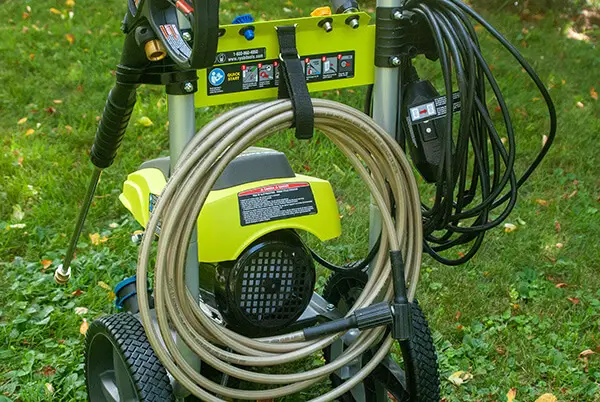
Most pressure washers require at least 0.9 gallons of water per minute to operate. To minimize surging in your pressure washer, you should use a diameter of 34 inches or more.
Check for any blockages in your line if the washer’s pressure continues to pulsate even with a 34-inch diameter hose. Remove the hose from the pressure washer’s input valve and examine and remove any dirt from the filter’s inside.
Water Supply And Pump
There might be an issue with the water supply if there isn’t enough water. If it isn’t the issue, the pump packings should be examined.
Valves

It is critical to inspect the valves. Water can flow into the manifold through the valve. When it shuts, the plunger opens, allowing the water to drain. A second valve opens, allowing the water to drain. A valve spring might be the source of the problem.
How To Fix A Pressure Washer Pulsing
In general, make sure the hose is clear of kinks or obstructions. Ensure that all connections and hoses are connected and fitted correctly. To produce maximum output pressure, set the spray wand and faucet to the highest setting.
If your pressure washer still provides erratic pressure, switch it off and clear any trapped air from the pump. To do so, connect only the hose to the pressure washer and turn on the water supply for at least 20 seconds to enable the water to pass through the pump.
If this doesn’t work, look inside the nozzle for any debris. Also, make sure all of the filters are in good working order and clean them as needed.
How To Maintain A Pressure Washer
Routine maintenance, both before and after each pressure wash, is the best way to ensure that your pressure washer starts and operates appropriately every time.
Even if you’ve never serviced a pressure washer before, this article will walk you through all you need to know about conducting regular pressure washer maintenance tune-ups.
-
Before Using
- On gasoline-powered versions, check the oil and fuel levels; do not overfill.
- Check the inline screen in the wand extension of your pressure washer to make sure it’s not blocked.
- Examine the spray gun, wand extension, and spray tip for any problems. Ensure that all of the connections, including the one to the high-pressure hose, are secure.
- Check the spray gun’s trigger and lock. Replace the spray gun if it isn’t working correctly.
- Check for cuts, leaks, bulges, or other damage on the high-pressure line, as well as the hose connections. Read the manufacturer’s replacement instructions if the hose is damaged.
- If the detergent siphoning tube becomes blocked, clean it out. Check the filter if the detergent system has one.
- Clean the garden hose that you’ll be using to connect to the pressure washer.
-
After Using
- Disinfect the pressure washer by rinsing the detergent out. Set the spray at low pressure and disconnect the detergent siphoning line from the detergent supply. For one to two minutes, run water through the system.
- Reduce the machine’s pressure.
- Allow the pressure washer to cool down by locking the trigger.
- Disconnect the high-pressure hose, garden hose, spray gun, and wand extension.
- Drain the pump of any leftover water. Pull the recoil handle roughly six times if you’re using a gas-powered model. If you have an electric type, turn it on until the water starts to flow out of the pump, then quickly turn it off.
- Remove debris.
Check out this video for further instructions:
Conclusion
Although a pulsing pressure washer may cause you concern, the good news is that it is seldom an indication that your pressure washer has to be replaced entirely.
To answer the question, “Why is my pressure washer pulsating?” take note of some of the common issues that might lead to a pulsing pressure washer, as we mentioned in this piece, and make a checklist for yourself. It’s a good idea to go over this checklist before each usage to avoid any problems with your pressure washer later.
